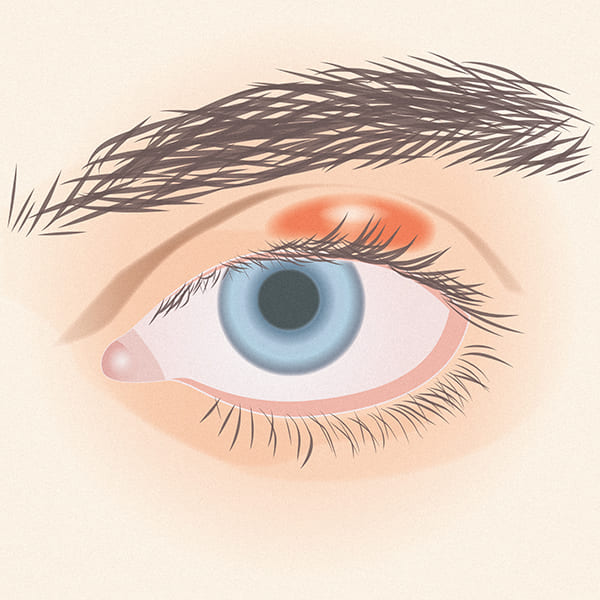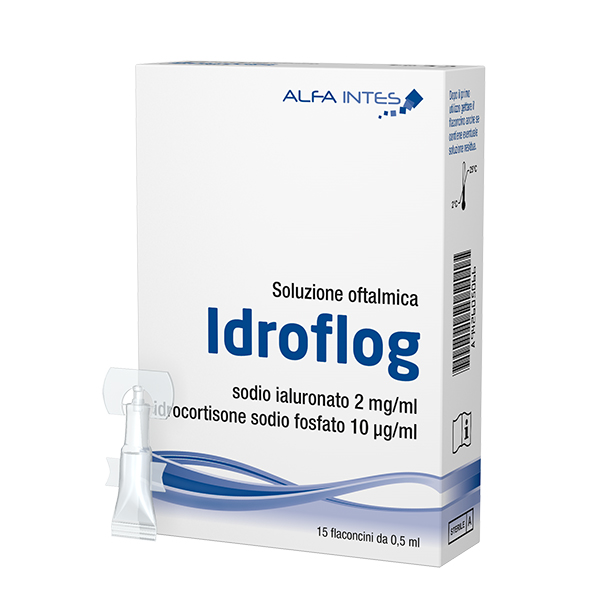Diagnosis
If you suspect the presence of a chalazion, it is advisable to seek a diagnosis from your general practitioner or a specialist, the ophthalmologist, who will be able to indicate the best course of action.
In its early stages, chalazion could be confused with stye. Unlike stye, however, chalazion is initially painless.
Treatment
In some cases, the chalazion may resolve spontaneously within a few weeks, without the need for any treatment.
To aid drainage of the blocked gland and promote healing, warm, moist compresses can be applied several times a day with a cotton wool pad soaked in warm water or with commercially available warming wipes, massaging gently for 5-10 minutes. In any case, it is important never to squeeze the chalazion or rub the eyelid violently.
If the chalazion does not heal on its own, your doctor may prescribe antibiotic and cortisone ointments or eye drops.
In the case of chalaziosis, once any visual defects have been ruled out or corrected, it may be useful to combine a healthy diet and the intake of lactic ferments.
Surgical treatment, carried out by an eye surgeon, is only recommended in certain special cases.


